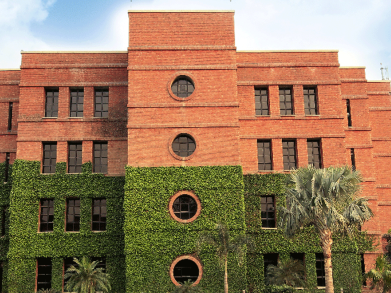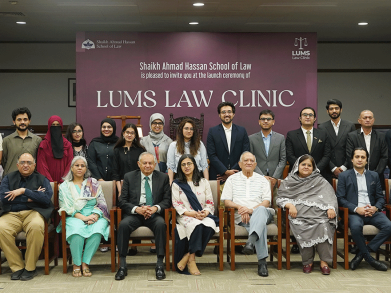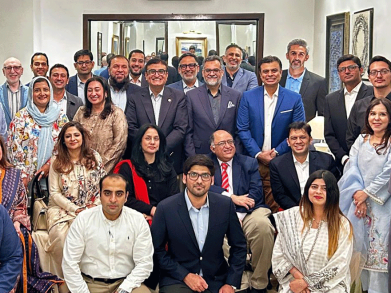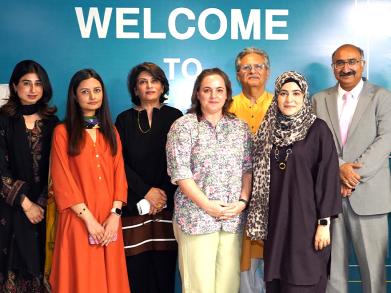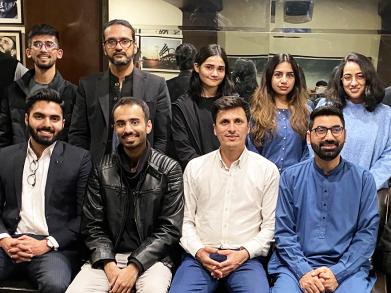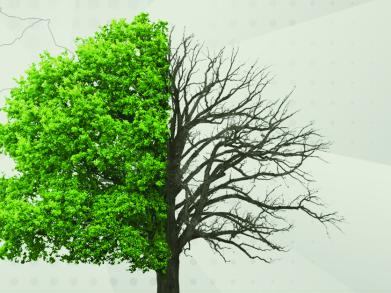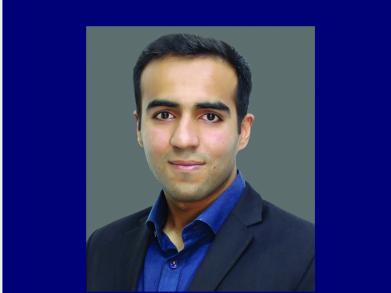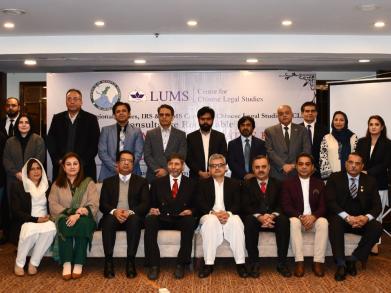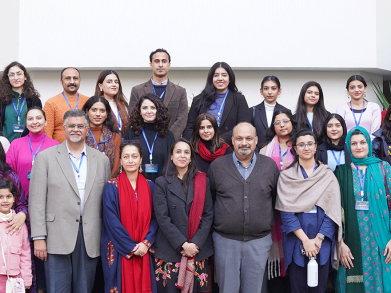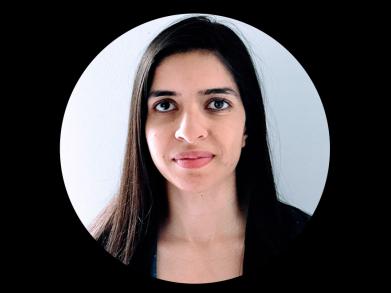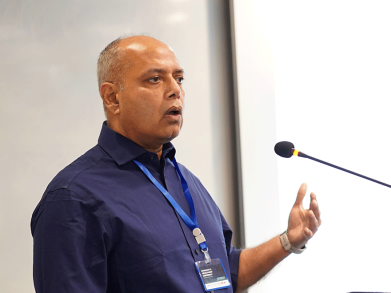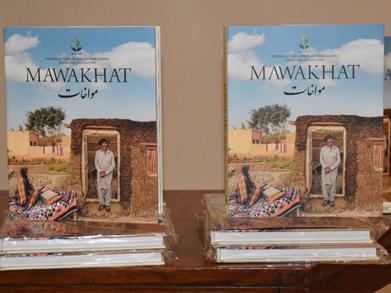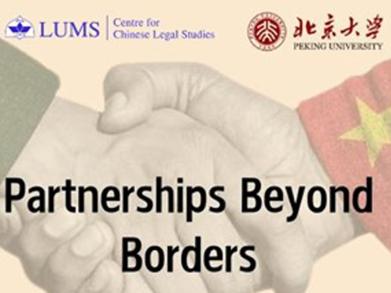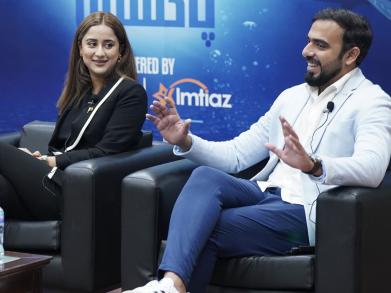LUMS Live Session 100: What Do Teachers Do in Classrooms?
With over 50 million students in school and at least 20 million out of it, catering effectively to Pakistan’s student learning needs place a significant demand on its teachers. To date, however, the country experiences a persistent teacher shortage supply – both in quantity, but especially in terms of quality. For instance, rural public schools in some parts of the country are staffed with 1 or no teacher, and some areas are challenged to find local teachers with even 10 years of educational qualification.
Additionally, Pakistan’s student needs are diverse. Students learn differently, experience a variety of family and personal life circumstances, speak a multitude of mother tongues and are often at the receiving end of their family’s displaced fortunes. Who is the right teacher for such students, and can uniform policy expressions cater to such specific learning requirements in the country’s schools?
This session asks panelists to consider what it means to be a teacher today, in a pandemic-informed world with many levels of socio-economic, cultural and learning complexities shaping pedagogic choices. What are some successful traits of good teaching, particularly in diverse and resource-constrained environments? How do we capture what happens in the classroom and use such knowledge to improve our teachers’ everyday practice?
Hosted in collaboration with the Syed Ahsan Ali and Syed Maratib Ali School of Education and the Mahbub ul Haq Research Centre (MHRC), the session was moderated by Dr. Soufia Siddiqi.






